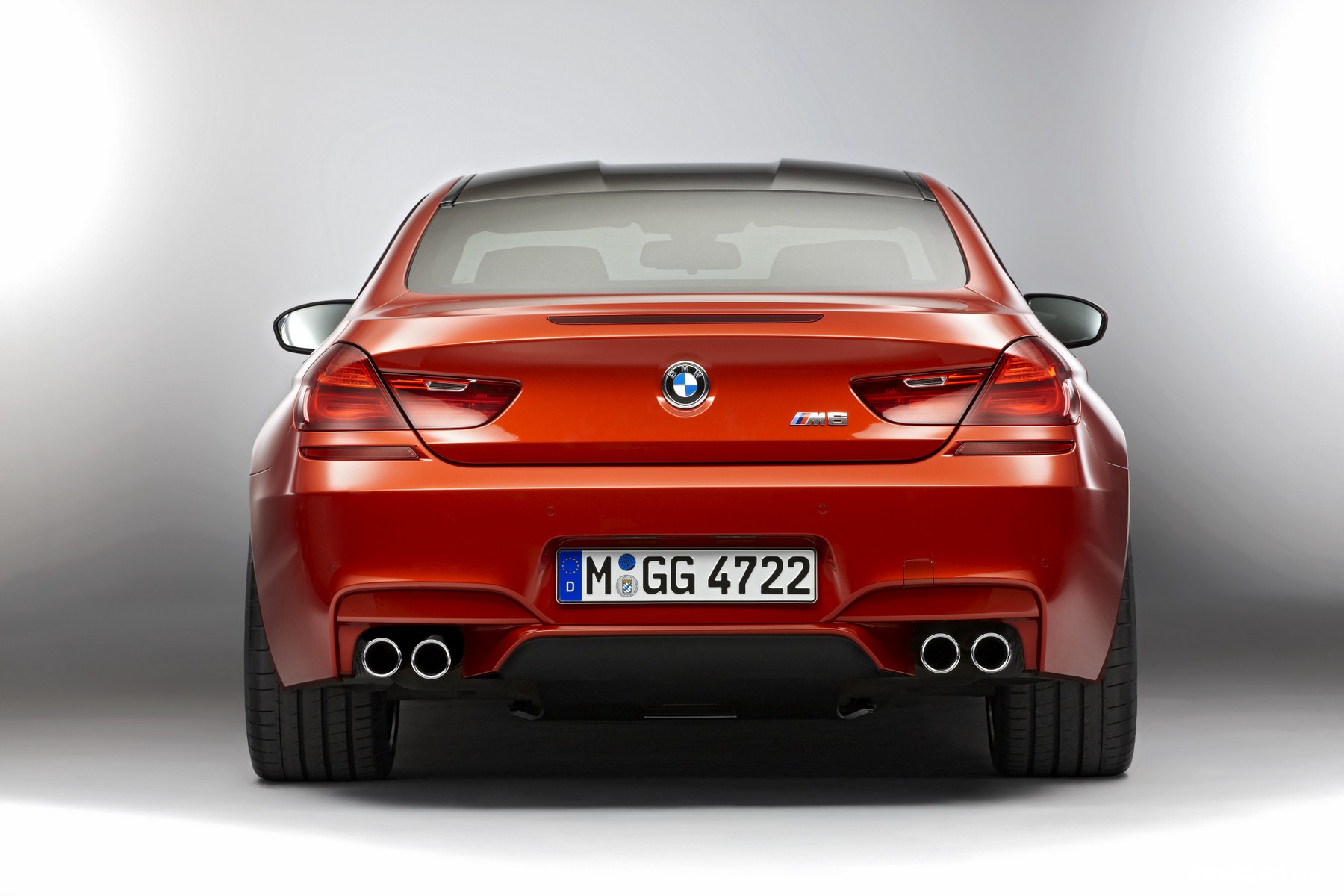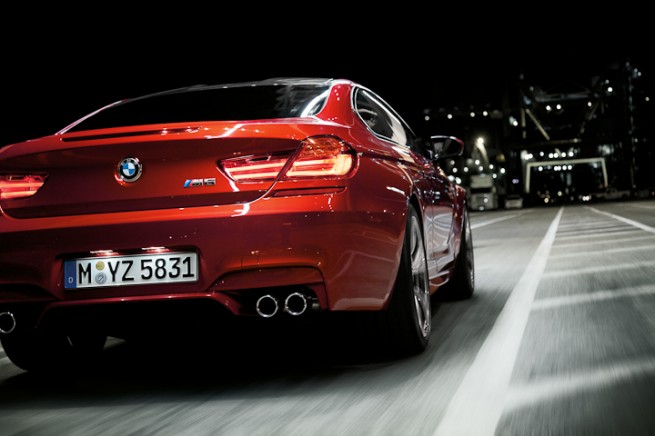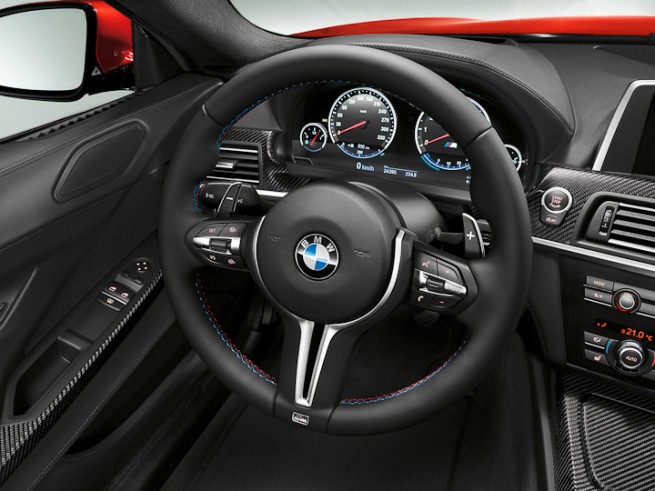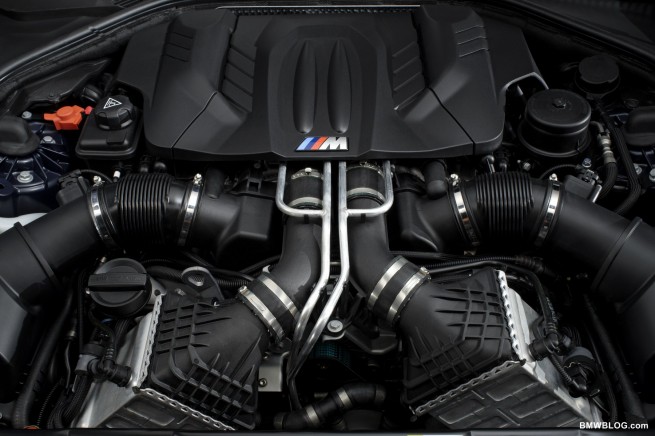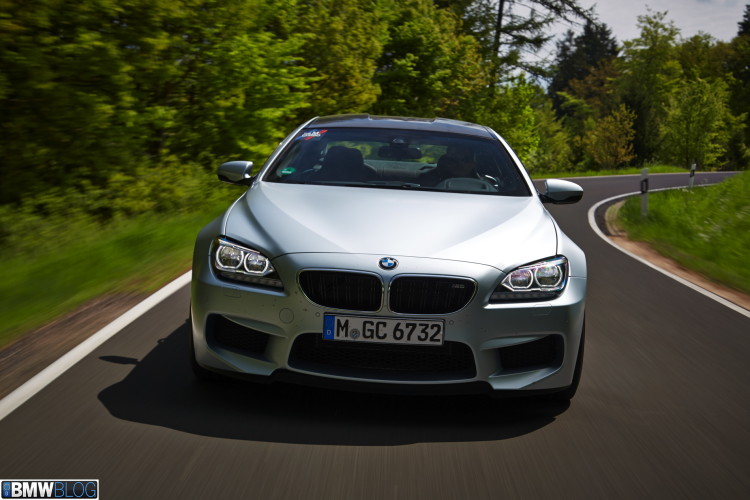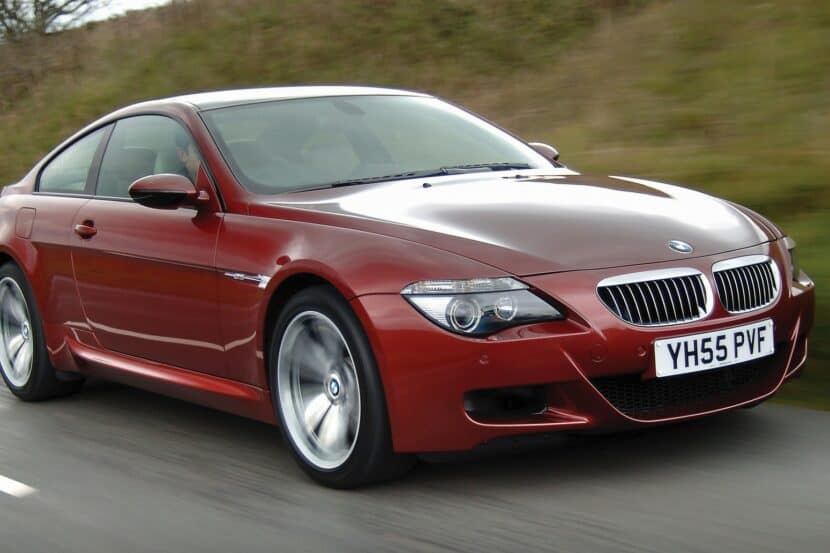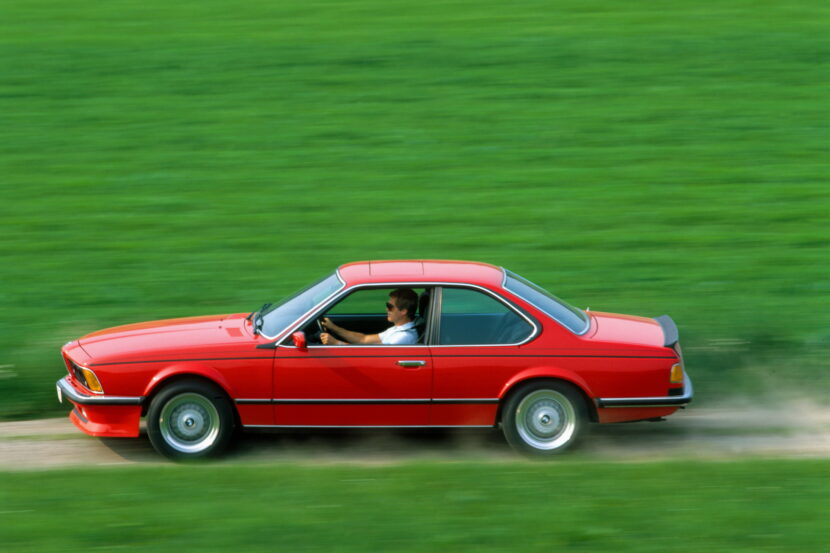In well-worn M philosophy, the chassis must always be faster than the engine. For decades this has been an engineering challenge for M, because they’ve always fitted stonking engines under the hood. To go the wayward American route of fitting massive power in a shell that can only go (quickly) in a straight line was never an option. Hence, the magic of an M car has always been found in its chassis, and embellished by its engine.
Since the move to turbocharged engines, M has never had a more daunting task whist designing the chassis and suspension. The new turbo M engines are, frankly, monsters. They are so powerful and torquey that they require stronger transmissions than ever to handle the twist. If you “stay in it” while accelerating you will soon arrive at speeds you’ve likely never driven – and by soon I mean a handful of extra seconds.
M has developed a standard approach to taking BMW cars from super to sublime. It always starts with spreading the wheels apart at all four corners for a wider track, and lowering the car closer to the ground. In the case of the new M6, the track has jumped 30 mm (1.2 inches). This wider, lower stance serves the driver by lowering the center of gravity, improving turn in, road holding, and agility. With the wheels now protruding from the wheel wells by another half an inch, they must be covered up by bulging metal work, lending the car its subtle but seriously muscular look. Like a confident kick-boxer in a fitted suit, it says: “don’t mess with me.”
The wider track is only the beginning of the story – in fact the new M5 and M6 share few chassis and suspension parts with their generic cousins. For instance, the rear sub-frame bushings of the 5 and 6 series cars have been eliminated, the engineers instead opting to bolt the rear sub-frame directly to the chassis. This setup was previously reserved for thorough-bred race cars, but to increase feeling through the driver’s seat and response from input to action, the M5 and M6 have crossed into unprecedentedly racy territory.
Besides new suspension kinematics, the suspension components themselves are made of forged aluminum to lower weight and increase strength. The chassis now contains more high-strength and ultra-high strength steel (meaning less can be used, thus saving weight). The wheels are also lightened, with slick forged alloy 20” rims on option, and for the first time ever on a mass-production BMW, the M6 will feature optional carbon fiber ceramic brake discs, saving a massive 19.4 kg(42.8 lbs) from the vehicle weight. Critically, the wheels, suspension components and brakes are all part of the ‘unsprung mass’ meaning they articulate up and down with the road surface. Lightening a car is always a great idea, but lightening unsprung mass is brilliant as it allows the tires to maintain better contact with the road surface – ultimately offering more consistent grip for the chassis to work with.
Also ‘adding lightness’ – to borrow a page from the late Collin Chapman – are aluminum doors, thermo-plastic front fenders and front fascia, an aluminum hood, carbon fiber roof, and fiber-glass trunk lid. M has gone to great lengths to lighten the M6 as much as possible, resulting in a final curb weight of 1,850 kg (4,078 lbs) for the coupe, and 1,925 kg (4,243 lbs) for the cabriolet.
While 4,000 + lbs is a lot of heft to muscle around on the racetrack, we expect the finely tuned chassis and suspension to compensate well with massive grip. Consider that the M3 weighs 3,704 lbs, and the weight of the M6 quickly becomes impressive given its much larger footprint and endless luxury.
In a nod to quick reflexes and agility, the steering wheel has been shrunken, now feeling more responsive in your hands. The brand new M steering wheel also sports a slick design, mimicking the split-spoke wheels surrounding you.
Should you dial in a lot of steering lock and get heavy on the throttle, the active M differential lock will electronically modulate the multi-plate diff from 0 to 100% lockup. Off-throttle the diff opens quickly and completely to prevent unwanted off-throttle yaw (and the bushes).
Now about that engine. Identical to the unit found in the recently released M5, it is, as earlier mentioned, a fire breathing monster. We had hoped for a slight boost in the horsepower figure for bragging rights only, but the truth of the matter is adding lightness will go much further on the track than adding power. After driving the M5 to the very limits of its abilities on track at Ascari, the last thing I wanted was more power – rather stickier tires and less weight. To get a rough idea of how the M6 will perform, head over to our M5 track analysis from Ascari, then imagine the M6 just a little more dynamic in every respect.
The 4.4 liter V8 has two turbos, each turbo with two scrolls (the snail-shell structure that gathers hot exhaust gasses, increasing their velocity and channeling them onto the turbine inside the turbo). This effectively allows the M6 to breathe as if it had 4 turbos, two large and two small. Internally codenamed the S63tu, this engine features a “hot V” layout, meaning the turbos are stuffed between the two banks of cylinders. This offers numerous advantages, namely allowing a shorter distance between the exhaust valves and turbo turbines, greatly reducing lag. In addition, M has developed a unique cross-bank manifold that pairs two cylinders together, one from each opposing bank. Based on the firing order, the end result is that each turbo gets a pulse from the engine every 90’ of crankshaft rotation, each scroll gets a pulse every 180’. For a more in-depth look at BMW turbo design, hit the jump. The M6 will also feature “Valvetronic” valvetrain, replacing individual throttle bodies higher up stream. This too will add to the responsiveness and immediacy of the turbo engine.
The M6 will spin out 560 hp steady from 5,750 rpm to 7,000 rpm. Torque output measures 500 lb-ft flat from 1,500 rpm to 5,750 rpm. The engine goes on to redline at 7,200 rpm – and with a powerband that gets serious below 3,000 rpm, this redline feels plenty high from behind the wheel. All of this power will reproducibly hurl the M6 towards 100 km/h in a factory claimed 4.2 seconds using launch control. As we’ve seen with the M5, the factory acceleration figures generally err on the conservative side, and we are laying bets that the big magazines will find 60 in 3.7 seconds.
BMW have once again built an exciting M car with tasteful details that throw back to M heritage – the M6 badge on the grill is a personal favorite. From the first photos we’ve seen, the M6 already looks like a classic as it embodies so much character from its M6 forebears.
We can’t wait to get behind the wheel of the new M6, unleashing it where it’s most at home: on the racetrack. We can promise not only stunning photos of the M6 drifting through corners at speed, but also video coverage – soon-to-be standard with BMWBLOG drive reviews.
Stay tuned for full coverage of the M6 at BMWBLOG.com.


